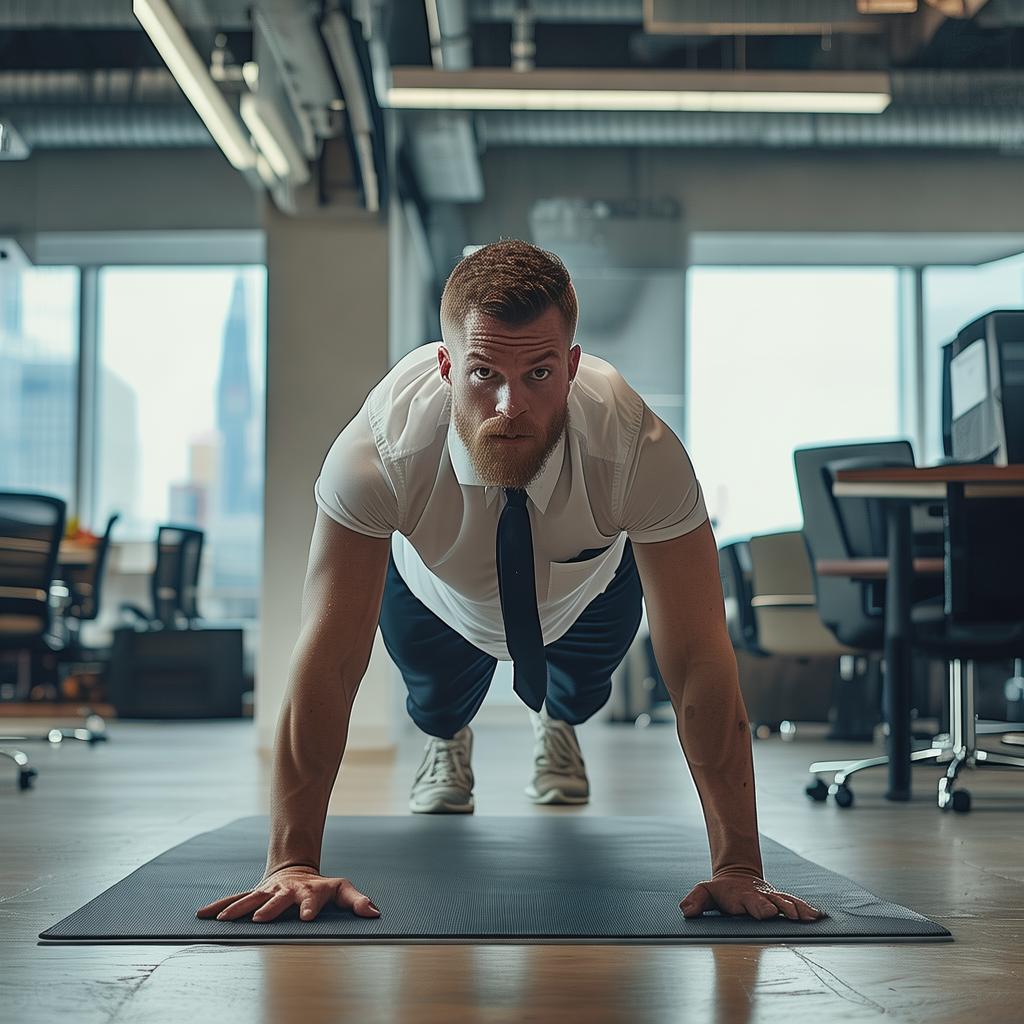Understanding Time Allocation
A friend recently inquired about maintaining fitness habits in a high – intensity, fast – paced work environment. Through understanding his daily habits, I found some interesting facts. He smoked an average of 5 – 6 cigarettes a day, with each cigarette taking about 5 – 8 minutes, meaning he spent around 30 minutes a day on smoking. He also had the habit of napping for 20 – 30 minutes after meals, and on average, had two midnight snacks a week, which amounted to about 18 minutes a day. In fact, excluding work time, he had at least 70 minutes or more in a leisure or relaxation state. However, his ways of relaxation, such as midnight snacks and smoking, were actually harmful to his body, with only napping providing some energy replenishment.
My Fitness Rhythm
I maintain a fitness rhythm of 3 – 4 times a week, with each session lasting about 40 – 50 minutes. I usually choose noon or evenings after work. If I have time at noon, I also take a 10 – 15 – minute lunch break. I use the time that others might spend on smoking or midnight snacks for fitness. Even though my work time is slightly more than my friend’s, the mental state brought about by fitness is definitely better than long – term midnight snacking and smoking. Over time, these two different lifestyles will lead to opposite bodily dynamics.
How to Practice Fitness
I generally train according to six parts: shoulders and back, waist and abdomen, buttocks and legs, arms, chest, and running, with a one – week or one – and – a – half – week cycle. I ensure to train my waist and abdomen twice a week. Since I can’t afford a private coach, I usually develop a suitable exercise intensity plan through the “Thin bar” App’s sports circle and follow the recommended movements and intensities.
Hip and Leg Training
Action description:
1. Keep the knees behind the toes. Avoid standing up straight when doing the lunge action to increase the difficulty.
2. Withdraw one leg backwards with the knee close to the ground, hold for a second, and then stand up and repeat with the other foot. Alternate ten times for a group.
Exercise points:
Suitable for people who want to lose weight and those who want to improve their cardio function.
The Importance of Stretching
Before and after fitness, it is crucial to remember to stretch. Stretching not only helps avoid injury during exercise but is also vital for muscle recovery. Following the stretching movements provided by the app is neither boring nor overly difficult.
The Role of the “Thin bar” App
The motivation for fitness is to be able to control the changes in one’s body in real – time. By entering real height, weight, and other parameters through the “Thin bar” app, the personal assistant can regularly output a fat loss assessment report, allowing you to clearly perceive your body changes. In fact, regular exercise only needs a full – featured app like this to accompany it. From how to train, to how to eat, to learning from others’ fat loss stories, the “Thin bar” basically meets all my needs. At the beginning, when I didn’t know how to start, I consulted with the free national senior body fat managers on the app. They are all very nice experts, and there is no need to worry about privacy issues.
Fitness and Diet
I admire those who rely on dieting to lose weight, but I admit I can’t do it. If fitness can’t allow me to eat more satisfyingly, it’s no fun. The “Thin bar” app has a rich catering guide. By looking at the recipes and the experience shared by weight – loss people on the app, I found that fitness people can also be a bit more relaxed in their diet!
So, don’t use a busy work schedule as an excuse for a bloated body. Fitness is as much a part of life as eating and sleeping. Operating your body well today means better operating your future work and life. It depends on whether you are ready for a long – term effort or just want to enjoy the present without considering the future.





